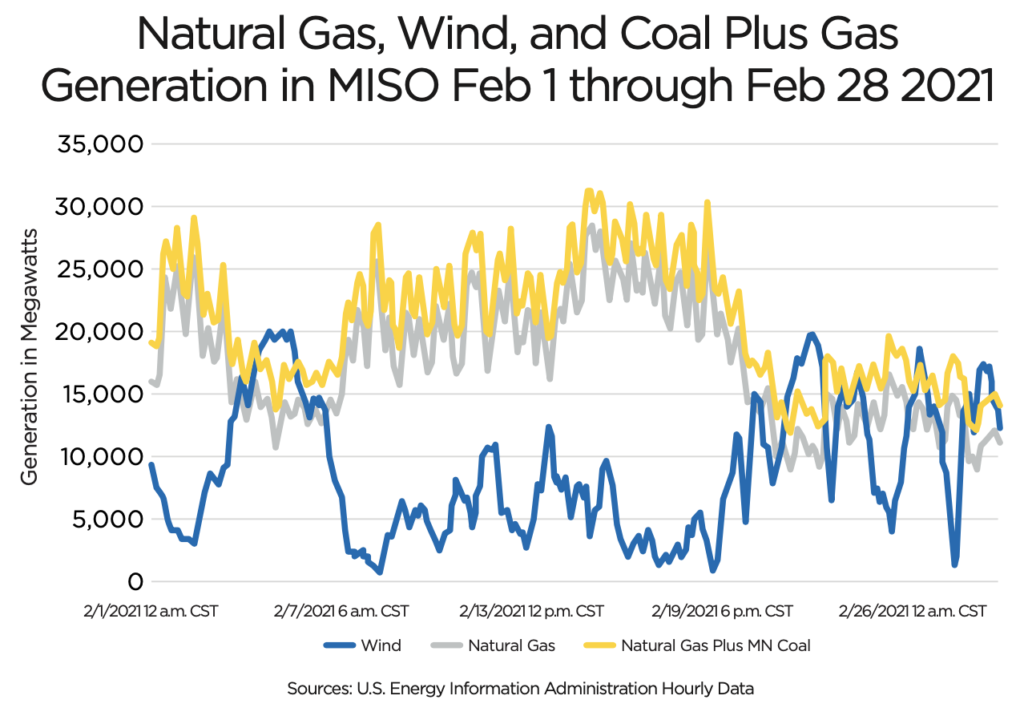Naturally gassed
The PUC’s efforts to shut down coal plants will put even more strain on our natural gas supplies.
If the members of the Minnesota Public Utilities Commission (PUC) are so concerned about rising natural gas costs, why are they enacting policies that will make future price spikes more frequent and more expensive?
Minnesota families will experience a $350 increase (spread over 27 months) in their natural gas home heating bills because of the frigid temperatures that accompanied last February’s polar vortex. Unfortunately, the PUC is only making matters worse.
Natural gas is the primary heating fuel used in Minnesota, but it is also being used more frequently to generate electricity. This is no problem in the summer when demand for natural gas for home heating is virtually nonexistent, but it is a massive problem in the winter when demand for home heating is high. Demand for natural gas is even higher during events like the Polar Vortex because wind turbines have a bad habit of generating little power when it is needed most. The graph below shows wind and natural gas generation during the February 2021 Polar Vortex.
As you can see, the demand for natural gas for electricity generation increases as generation from wind turbines declines. We would expect this because natural gas is used to “back up” wind turbines to make sure we have enough electricity when the wind isn’t blowing.
One saving grace for natural gas consumers was the fact that Minnesota still has a large fleet of coal and nuclear power plants. Unfortunately, the PUC is actively working to shut down the coal plants, which would put even more strain on natural gas supplies during future Polar Vortices, and during the winter generally.
The graph also shows how much natural gas generation would be needed if Minnesota’s coal plants were shut down, shown by the yellow line. These numbers were calculated by finding the average hourly generation of Minnesota coal plants in February and adding this generation to the amount of electricity generated by gas plants.

As you can see, demand for natural gas would have been substantially higher during February of 2021 if Minnesota’s coal plants were not operating. Sadly, the PUC’s actions are making price spikes more frequent and more severe in the future, which should be blindingly obvious to the Commissioners.
This doesn’t appear to be sinking in, unfortunately.
“This kind of behavior in the marketplace is inappropriate in a regulated industry,” Commissioner John Tuma told the Star Tribune, pointing out reports of price gouging by gas industry middlemen during the storm. “We need to figure out what happened and figure it out quickly.”
The gas industry may deserve scrutiny for its role in supply shortages, but the PUC needs to look internally to address the fact that it is essentially mandating future price spikes by prematurely retiring our coal-fired power plants and approving plans to rely on wind, solar, and more importantly, natural gas in their stead.
Rather than pointing fingers and deflecting blame, the PUC should actively examine how Minnesota’s natural gas system will be affected by this increase in natural gas consumption for both electricity demand and home heating. This examination must include an honest assessment of whether we need more natural gas pipelines to transport this gas during conditions like the 2021 Polar Vortex.